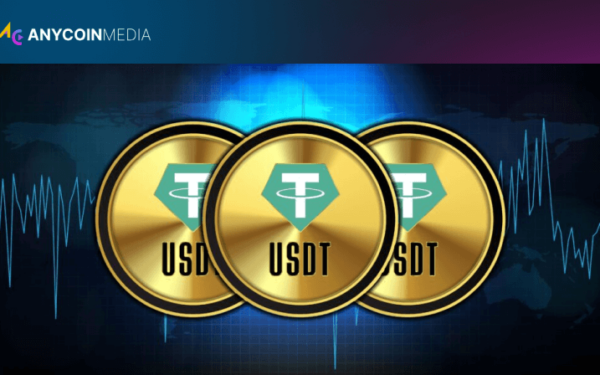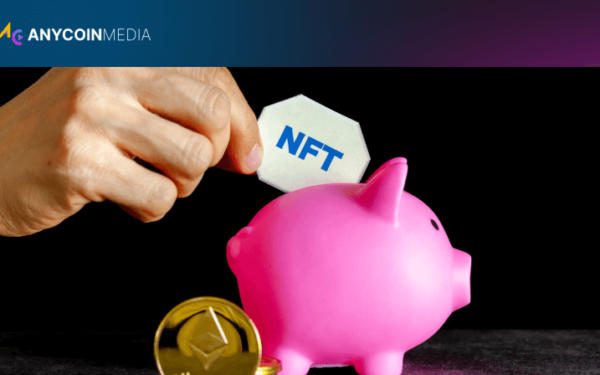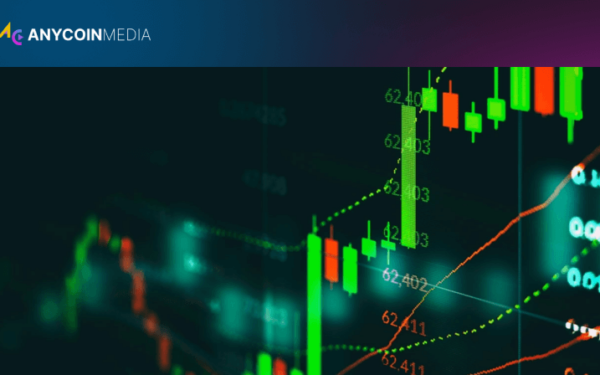In the fast-paced world of cryptocurrency trading, charts act as a compass, guiding buyers through the stormy seas of market volatility. These visual representations of rate dynamics, buying and selling volumes, and market developments are essential tools for anyone navigating cryptocurrency markets properly. Understanding how to examine and interpret these charts can mean the difference between making an informed choice and falling victim to the vagaries of the market.
At their core, cryptocurrency charts are graphical representations of an asset’s price movement over time. These charts come in various forms, each offering unique insights into market behavior. The most common types of charts include:
Each chart type has its strengths and weaknesses, catering to different trading styles and analysis techniques. Mastering the art of chart reading begins with understanding these fundamental chart types and their applications in cryptocurrency trading.
Before delving into specific chart types, it’s crucial to understand the basic elements common to most cryptocurrency charts:
These elements work together to provide a comprehensive view of an asset’s price action and market behavior. Understanding how to interpret these components is the first step in becoming proficient at chart analysis.
Candlestick charts have become the go-to choice for many cryptocurrency traders due to their ability to convey a wealth of information at a glance. These charts consist of “candles” that represent price action over a specific time frame.
Each candle in a candlestick chart tells a story:
The shape and color of candlesticks can reveal patterns that traders use to make predictions about future price movements. Some popular candlestick patterns include:
Mastering the interpretation of candlestick patterns can provide traders with valuable insights into market psychology and potential price directions.
While price action often takes center stage, volume is a critical component of chart analysis that should not be overlooked. Volume bars, typically displayed at the bottom of charts, indicate the number of units of a cryptocurrency traded during a given time period.
Volume can provide several key insights:
Incorporating volume analysis into chart reading can significantly enhance a trader’s ability to make informed decisions.
Technical indicators are mathematical calculations based on price, volume, or other data points that are plotted on or alongside price charts. These indicators can provide additional insights into market trends, momentum, and potential reversal points.
Some popular technical indicators include:
Each indicator serves a specific purpose and can be used in combination with others to form a comprehensive trading strategy. However, it’s important to avoid cluttering charts with too many indicators, as this can lead to analysis paralysis.
Understanding how to interpret and apply these indicators effectively is a crucial skill for any cryptocurrency trader looking to gain an edge in the market.
Chart patterns are recurring formations that appear on price charts and are believed to indicate future price movements. These patterns reflect the collective psychology of market participants and can offer insights into potential trend continuations or reversals.
Some common chart patterns in cryptocurrency markets include:
Identifying these patterns requires practice and a keen eye, but they can be powerful tools when used in conjunction with other analysis techniques.
Cryptocurrency charts can be viewed across various time frames, from minute-by-minute to yearly charts. Each time frame offers a different perspective on price action and can be useful for different trading strategies.
| Time Frame | Use Case |
| 1-5 minute | Scalping and short-term trades |
| 15-30 minute | Intraday trading |
| 1-4 hour | Swing trading |
| Daily | Medium to long-term trends |
| Weekly/Monthly | Long-term investment decisions |
Analyzing multiple time frames can provide a more comprehensive view of market trends and help traders make more informed decisions. It’s often recommended to start with higher time frames to identify overall trends before zooming in to find specific entry or exit points.
Effective chart reading in cryptocurrency markets requires a combination of technical skills, pattern recognition, and an understanding of market psychology. Developing a robust chart reading strategy involves:
By integrating these elements, traders can develop a holistic approach to chart analysis that goes beyond simple price observation.
In conclusion, acquiring knowledge of the art of studying cryptocurrency charts is essential for anyone seeking to navigate the choppy waters of virtual asset markets. While charts provide valuable information, it is essential to remember that they are assessment tools, not crystal balls. Combining chart reading talent with the necessary valuation, risk management, and knowledge of market dynamics is the foundation of developing a successful buying, selling, or financing method in the cryptocurrency space.
As the cryptocurrency market adapts, so will the strategies and equipment used to evaluate charts. Knowing new signs, chart types, and analysis techniques can be important for traders looking to maintain their share of this dynamic market.
While the basic principles are similar, crypto charts often feature higher volatility and 24/7 trading, which can lead to more dramatic price movements and patterns.
The frequency depends on your trading strategy. Long-term investors might check weekly or monthly, while day traders may monitor charts continuously.
No, chart patterns are not guarantees but rather indications of potential outcomes based on historical data and market psychology.
There’s no single “best” time frame. It depends on your trading strategy and the type of analysis you’re conducting.
Volume is crucial as it can confirm trends, signal potential reversals, and indicate the strength of price movements.





